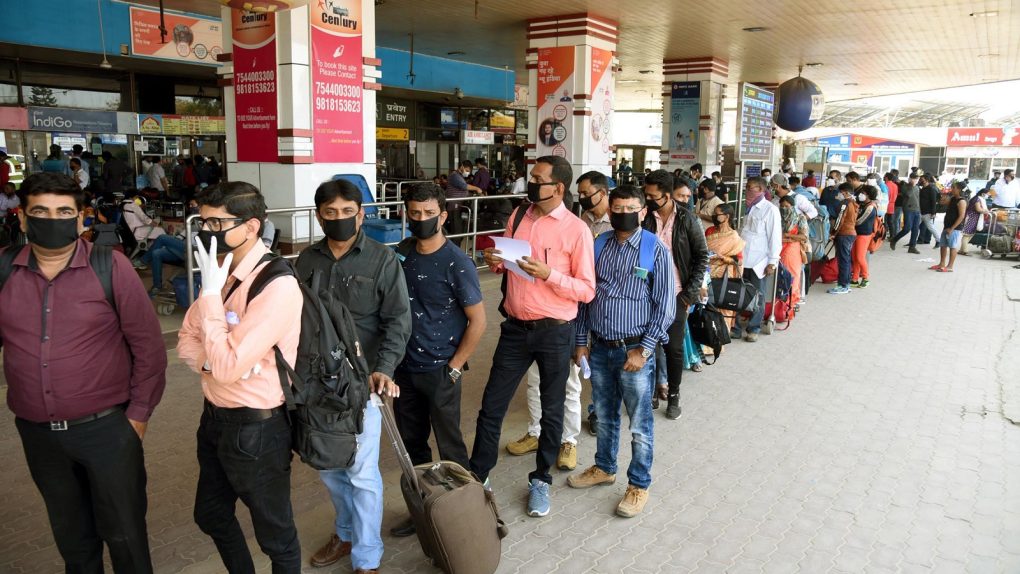- Harvard researchers say we could be dealing with social distancing for years depending on how the coronavirus pandemic unfolds.
- We may be forced to adopt new social distancing mandates from time to time if the virus spread accelerates after this initial outbreak.
- These measures may be required up until the point where a vaccine or cure for the virus is widely available.
- Visit BGR’s homepage for more stories.
It’s now been a few months since the novel coronavirus began making life a whole lot more complicated for people all over the world. We’ve been dealing with lockdowns, social distancing, and quarantine efforts ever since, with the hope that this would all be over sooner rather than later. The truth is far more complicated, and since there’s still so much we don’t know about this virus, predicting its future is incredibly difficult.
Now, Harvard researchers are suggesting that we may be dealing with this new way of life for far longer than anyone had anticipated. In fact, based on their report in the journal Science, it sounds like we may be dealing with the effects of the virus for years, depending on a few factors.
To break it down into our most basic understanding of how a pandemic like COVID-19 works, there are basically two extremes. One extreme sees the virus spread unchecked, infecting millions and eventually billions of people. No measures are taken to stop it, and it overwhelms healthcare systems all over the world. Those that survive are immune, and the few that never got infected are protected by “herd immunity,” which is a fancy way of saying that because so many people are immune, the chances of an outbreak spreading to those who aren’t immune is slim.
The other extreme is to take measures to keep as many people as possible from getting the virus in the first place. This means lockdowns and social distancing, and quarantines, and basically, everything we’ve all been putting up with for the past weeks or months. It works, and it saves lives, and it prevents illness… but there’s another side to this coin.
Once the measures that have been protecting us are lifted and life “goes back to normal,” so to speak, the chances of the virus exploding onto the population still exists. So few people are immune to the virus that it can rise to the level of a pandemic once again, forcing us all to adopt the same measures we did the first time around.
As the Harvard team notes in the new study, social distancing prevents any kind of population immunity from building up. The relatively small number of people who became (or will become) immune after beating the virus offers society as a whole very little protection against another large-scale outbreak.
There are other factors at play here, including how the virus reacts to the change of season and how it mutates over the coming months and years. If it becomes seasonal, we may be looking at social distancing and lockdowns during certain months of the year, at least until vaccination programs can provide a large majority of the population with immunity.
One of the most likely scenarios, the researchers say, is that we’ll need periodic spells of social distancing whenever the virus spread begins to ramp up again. We can relax those restrictions temporarily from time to time, waiting for the day when widely-available vaccines or cures are available to everyone.








